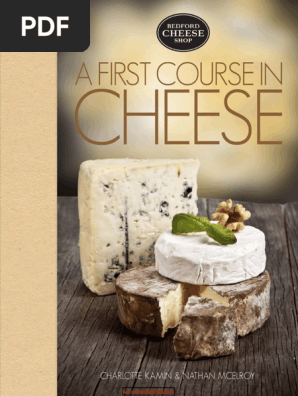Welcome to the Artisanal Alchemy of Durrus Farmhouse Cheese, a place where history and craftsmanship come together in the rolling hills of West Cork, Ireland. This small yet significant slice of cheese-making tradition traces its roots back to the late 1970s when Jeffa Gill, an innovative and passionate cheesemaker, decided to explore the art of cheese production.
In 1979, Jeffa Gill began making Durrus Cheese on her farmhouse, inspired by the rich dairy heritage of the region and the desire to create something uniquely Irish. With a background in agricultural science and a love for the land, she embarked on this journey with an emphasis on quality and authenticity. Her dedication to using traditional methods and local ingredients quickly earned Durrus Cheese a reputation for excellence.
As you tune into the history of Durrus Cheese, imagine the early days when Jeffa was experimenting with recipes in her kitchen, relying on the fresh milk from local herds grazing the lush pastures of County Cork. Over the years, her perseverance and commitment to quality led to the cheese gaining international acclaim, winning numerous awards and delighting cheese enthusiasts around the world.
The farmhouse itself, a picturesque setting in the Irish countryside, has become a symbol of artisanal food production. It serves as a testament to the importance of preserving traditional methods while embracing innovation. Jeffa Gill’s influence extends beyond cheese-making; she has played a crucial role in revitalizing the Irish farmhouse cheese movement, inspiring a new generation of cheesemakers across the country.
Durrus Cheese is not just a product; it’s a story of passion, tradition, and community. From its humble beginnings to its place on the tables of gourmet chefs and cheese lovers, it embodies a piece of Ireland’s cultural and culinary heritage. As you learn about the cheese’s history, consider how such artisanal practices contribute to the broader narrative of sustainability and local food movements worldwide.





